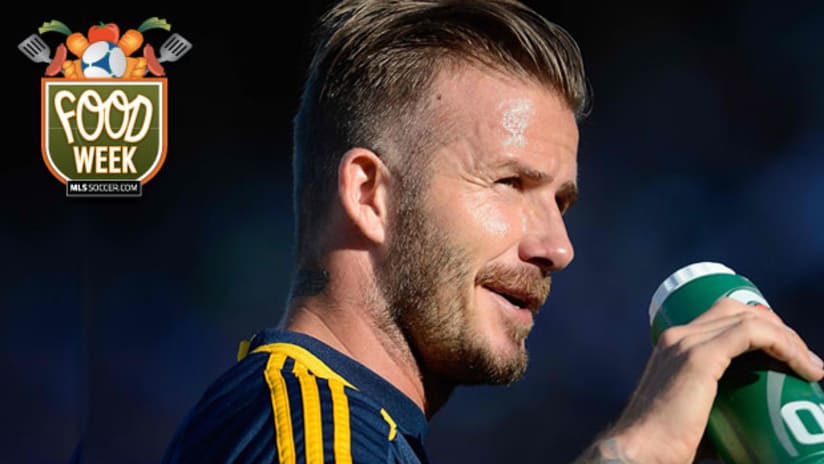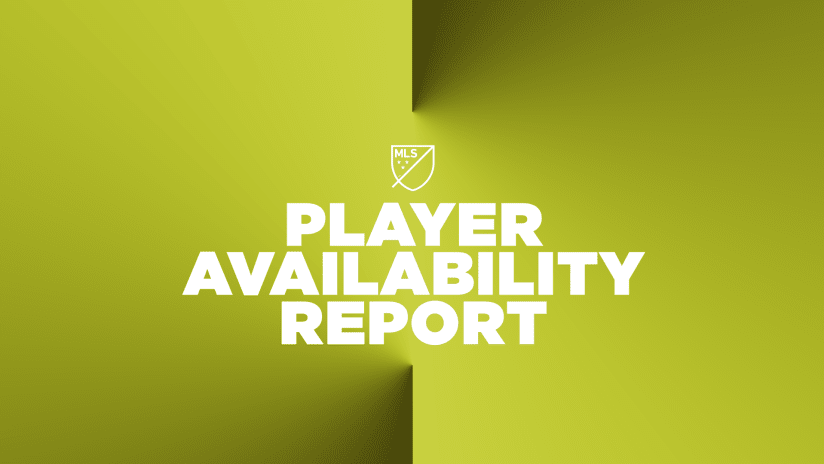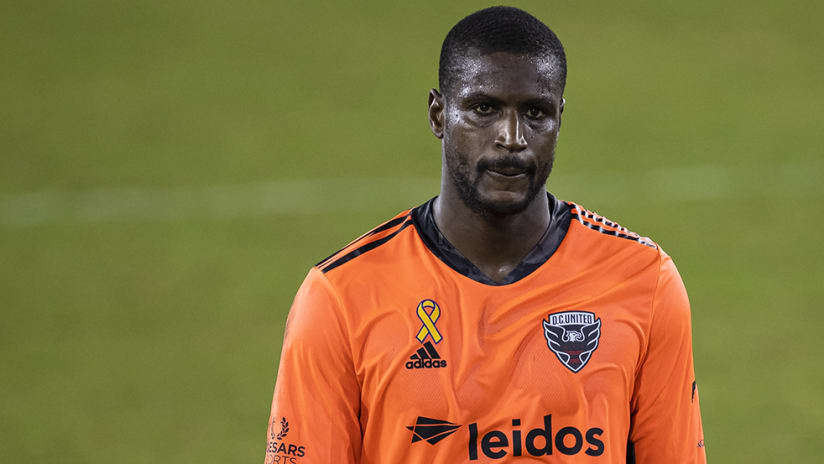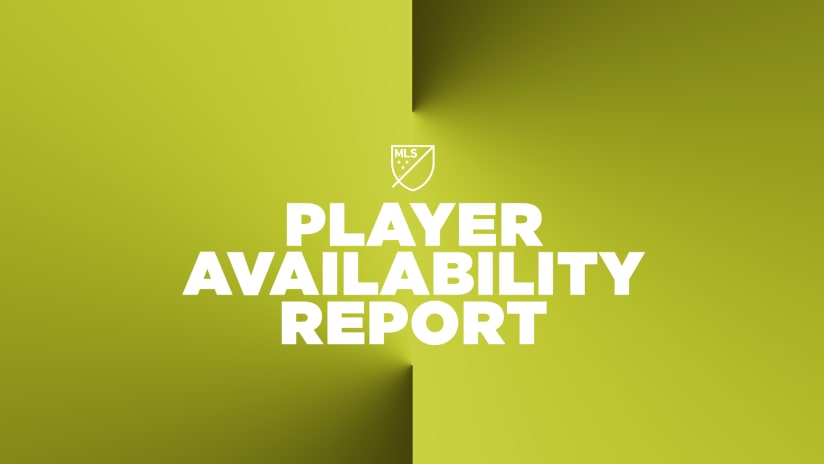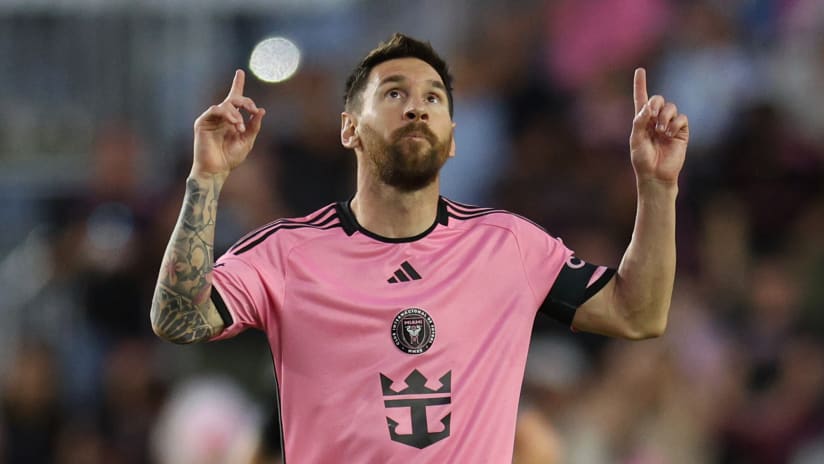In support of Gatorade's "Beat the Heat" campaign to raise awareness among athletes, parents, and coaches about hydration while training during the hot, summer months, MLSsoccer.com has pulled this article from the archives. It's from an earlier series on sports nutrition. CLICK HERE to download Safety Tips (PDF) from the Gatorade Sports Science Institute on how you can beat the heat this summer.
Hanging above the urinals in the Chicago Fire locker room at Toyota Park is a color-coded chart. It runs from neon yellow at the bottom to translucent near-white at the top. And it just might be the most important tool the players can take advantage of ahead of their match with the LA Galaxy.
The Urine Color Chart is the quickest and easiest way for players to assess their level of hydration. And with temperatures expected to be in the high 80s with 52 percent humidity, perhaps nothing the players can do to prep for the match is as crucial as making sure they have consumed enough fluids that their urine is clear, meaning they are “hydrated.”
Urine Color Chart
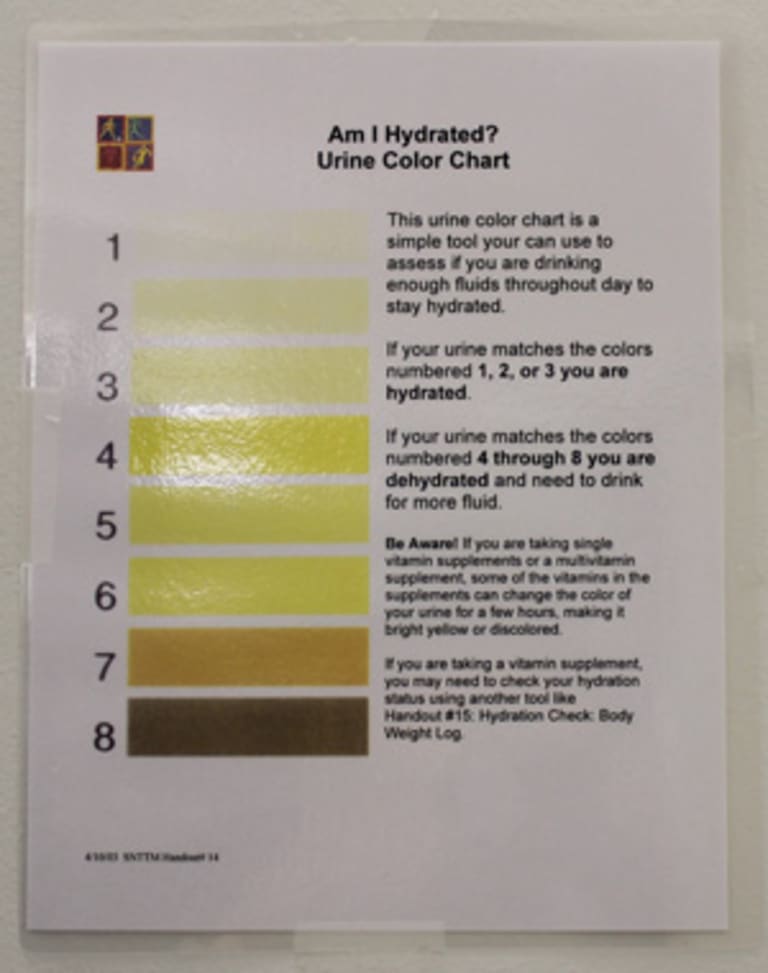
Dehydration and the electrolyte imbalance it induces can lead to all kinds of problems for players, including fatigue, muscle cramps, nausea and disorientation. The loss of sodium — the most abundant electrolyte in sweat — is a major concern, as it can lead to muscle malfunction, kidney malfunction and, in extreme cases, swelling of the brain.
In other words, making sure the body is hydrated before a match and replenishing electrolytes through sports drinks like Gatorade is paramount for maintaining high performance.
“Fluid lost through sweat during physical exercise, hot or humid weather conditions, dry climates, high altitudes and frequent traveling all increase daily fluid requirements,” says Alice Richer, a registered dietician and team nutritionist for the New England Revolution. “These situations also increase the risk for dehydration.”
Richer’s list basically describes the environmental conditions that MLS players must endure each season. Perhaps no soccer league in the world is as taxing on a player’s body as MLS is. The summer heat, the travel, the diverse climates, the fluctuating altitudes — it call can wreak havoc on a player’s physiology, particularly his cooling system.
The most flagrant environmental condition MLSers have to deal with each year is the summer heat. The average daily temperature in Kansas City in August is 89 degrees. In Houston, it’s 93. In Dallas, it’s a whopping 96 degrees!
Training or playing a 90-minute match in weather like that takes a lot out of you. In particular, it takes a lot of sweat out of you, as much as four to five pounds — or even more. Whatever water weight is lost during an exercise, it is important to replace it with equal amounts. Some clubs keep a weight log to measure how much weight each player is losing during a typical training session. It’s another way to assess a player’s hydration level.
Sweating is the body’s cooling system. Perspiration is excreted through sweat glands in the skin, and the sweat evaporates. The latent heat of evaporation then helps cool off the body. On a hotter day, there will be more need to attempt to cool down, therefore, more sweating, more fatigue and more risk of dehydration.
Two months ago, when the Houston Dynamo opened up BBVA Compass Stadium with a 2-1 win over the LA Galaxy, the temperature at kickoff was 91 degrees. As the game wore on, the Galaxy appeared to tire and slow down, and after the match, LA manager Bruce Arena gave an explanation.
“The players are not able to play at a high pace under these conditions for a long time,” he said. “No one is made to play in this heat for 90 minutes.”
Is that true? Not really, but teams based in hotter climates do have a competitive advantage when playing in the heat.
“Your body adjusts to the needs of your cooling system,” says Charlotte Filla, a registered dietician who works with the Houston Dynamo. “Basically, players in Houston sweat more than players in other cities. Their bodies have adjusted to the heat, so they have more efficient cooling systems. It’s definitely a competitive advantage.”
It’s a problem for a team like the Seattle Sounders, which trains and plays in a damp, temperate climate, when they travel to Texas or Washington, D.C.
Homecooking with Montreal's Zarek Valentin
“We have the extra burden that when we go to a city with a really warm climate, our guys aren’t used to that,” Sounders head fitness coach Dave Tenney says. “The thought process of hydrating for multiple days in a row is something we have to make them hyper aware of it in those times.”
It’s not just the different climate that makes Tenney and other fitness coaches adjust their strategies. The very act of traveling itself can affect the players’ hydration. An airplane’s pressurized cabin has very low humidity, so the air sucks more moisture from the body than when on the ground. And because of MLS’ geographical footprint, MLS players fly more than most of their counterparts in Europe and South America.
Nutritionists and coaches reinforce the need for hydration when their players go on road trips.
“You make the players think about it early enough in the day and the day before,” Tenney says. “And you have to make fluids as readily available as possible. On the road, we’ve got a huge cooler of Gatorade so they can take as much as they want to.”
Then it’s up to the players. At this point, the importance of hydration has been drilled into most players. But have they hydrated enough? That’s the question. And the answer is usually found in the urine color chart.
“I don’t tell the players the quantity of water to drink, I just tell them to drink more,” says Tony Jouaux, strength and conditioning coach for the Fire. “It’s just going to make them pee more, and that’s not a problem.”

